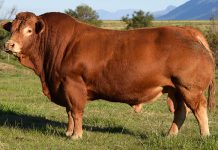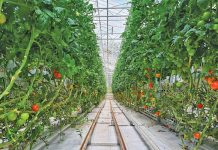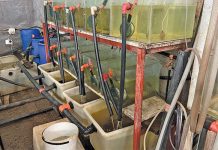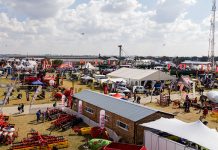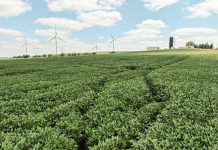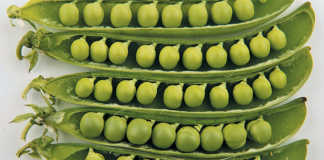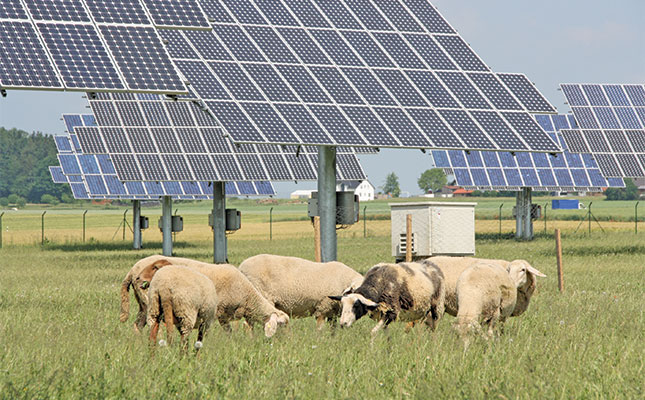
Photo: Wikimedia Commns
The growing global population requires more food, but an increase in production must not come at the cost of sustainability. Large-scale, high-yield farming often leads to issues like heavy machinery compacting topsoil and disrupting soil structure. Monocropping depletes soil fertility, while pesticides not only target harmful pests but also harm beneficial organisms.
In response, there is a strong global movement advocating for a return to traditional, small-scale, and environmentally friendly farming methods that focus on restoring natural resources.
Over the past few decades, various eco-friendly farming approaches have emerged, each with its unique characteristics and techniques.
The terminology used for these initiatives varies, including conservation farming, permaculture, organic farming, integrated organic farming, regenerative farming, sustainable farming, holistic farming, and deep bed farming, among others.
The definition of each differs but all of them have the following in mind: they conserve land, water, and plant and animal genetic resources, and are environmentally non-degrading, technically appropriate, economically viable, and socially acceptable.
Regenerative farming is an overarching term encompassing various eco-friendly approaches. It is a system of farming principles and practices designed to enhance biodiversity, enrich soils, improve watersheds, and strengthen ecosystem services.
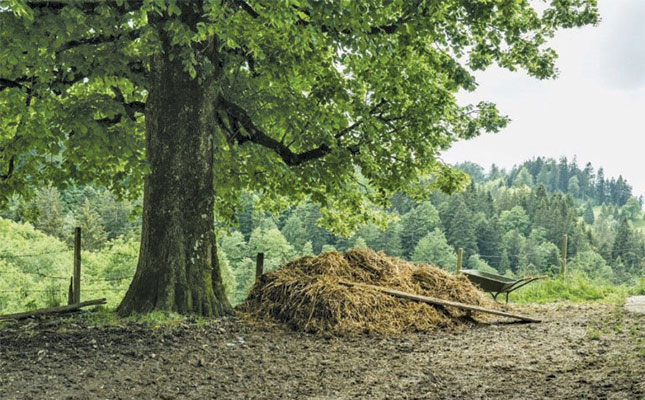
Regenerative agriculture aims to capture carbon from the atmosphere and store it in soil and above-ground biomass, helping to reverse current global trends of carbon accumulation.
This approach seeks to revive ancient farming methods in which animals roamed freely, foraging and depositing manure to naturally build soil fertility. Water retention is a key aspect of regenerative agriculture, achieved through techniques like ditches, retaining walls, dams, and mulching.
These methods help prevent erosion, replenish groundwater, and repurpose non-crop vegetation as mulch.
Regenerative agriculture focuses on working with nature’s cycles to produce nutritious food with minimal environmental impact. It prioritises replenishing nutrients lost through the inevitable offtake of food, fibre, and fuel, using natural sources. Today, many desert environments are being transformed into productive land through these methods.
Basic principles
There are 10 basic principles involved in regenerative farming. They are as follows:
1. Retain soil productivity. Soil is the basis of food production. The basic aim is the conservation of life-giving soil. Avoid soil disturbance through heavy machinery tillage and thus keep organic ingredients of the soil in a healthy state of biodiversity.
2. Stay organic. Use limited quantities of chemicals, fertilisers, and insecticides, thus reducing the cost of production. Apply the principle of biodynamics whereby cow dung and other excrement is used as fertiliser.
3. Design with nature. Select farming practices according to soil and climatic and topographic conditions, thus minimising the costly input of added irrigation and contouring.
4. Employ intensive rotational grazing by using grazing plots. The current grazing strategy is to take cattle off the land as soon as overgrazing starts to develop. This is a departure from the normal methods of grazing land management by reverting to the ancient ecological way in which nature operated. Herds of game used to graze an area intensively and then moved on, letting the grass recover before the next round of grazing.
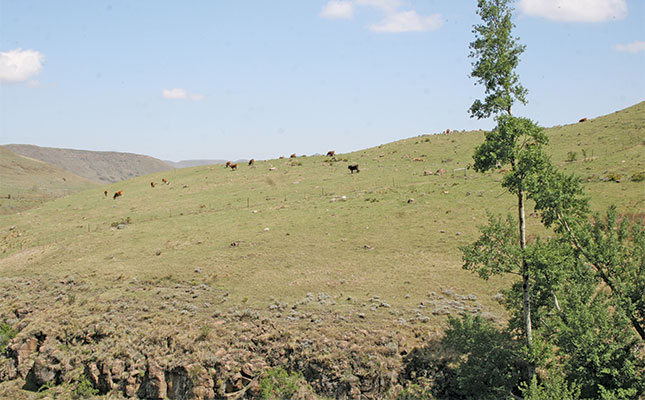
5. Recycle all materials and waste. Apply the principle of recycling, reusing, and reducing.
6. Diversify. Combine the raising of livestock with the growing of various types of crops.
7. Keep and use what you have. Keep vegetation cover, biodiversity, and soil by retaining rainwater downflow.
8. Exercise intercropping. This is the companion planting method of growing one crop alongside another. The purpose behind intercropping is to increase yields by doubling up on available growing space. It also creates biodiversity, which attracts a variety of beneficial and predatory insects.
9. Prohibit soil exposure by keeping soil covered with growing crops/grass. Make use of cover crops (plants grown between the main cash crops) after commercial crops have been harvested, thus increasing water infiltration. Growing crops extract carbon dioxide (CO2) emitted into the atmosphere and act as biosequestration of CO2, minimising pollution.
10. Use economies of scale. Farm at the appropriate level by operating at small local scale, in harmony and assisted by existing traditional knowledge and expertise as well as local available labour, tools and machinery, and markets. Aim for ‘small is beautiful’ instead of ‘bigger is better’.
In advanced stadia of regenerative farming, the generation of one’s own power by way of biogas, solar, or wind is to be integrated into the system. To include grazing effectively, the integration of various smallholdings needs to be made.
Contrary to the integrated reality portrayed in nature, modern crops and grazing farming have developed into two separate, specialised agricultural systems.
There is a need to integrate crop production and grazing and their functions in a circular open system, where the one supplements the other. For example, the soil is the growing medium for the grass on the land that feeds the cattle, whose dung in return feeds the soil, enabling it to continue supplying necessary nutrients for the grass on the land.
On the negative side, farmers who practise regenerative agriculture need to be aware of:
- Basic training is required.
- They need to give up more personal time due to the exclusion of machinery.
- Careful planning. Managing crop rotation, recirculation, and so on, requires training and organisation.
- The switch from commercial to regenerative systems can take a lengthy period before producing full results.
Interim seed money (capital) is required. - For crop farming, regenerative methods are most productive with small-scale enterprises.
- Rotating grazers requires more land to be effective.
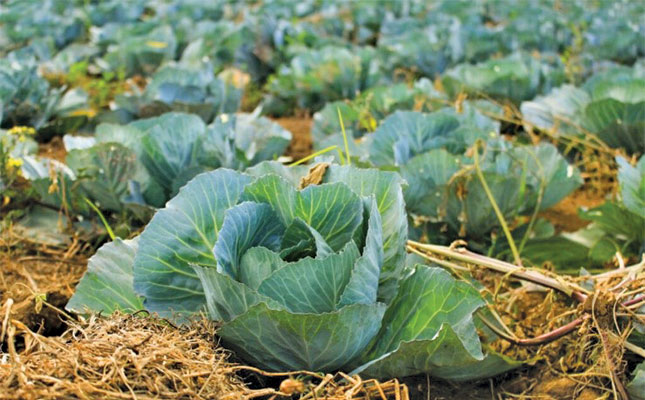
Challenges
Communicating the principles of sustainable farming to the relevant landowners in a pragmatic way is of prime importance.
The intention is not for regenerative small-scale farming to abruptly replace large-scale, capital-intensive farming. South Africa still relies on large farms to supply food for its growing urban population and will continue to do so in the future.
Africans are moving to urban areas at the fastest pace the world has ever seen, with almost one billion people projected to be living in cities by 2050. To halt this process, rural communities must be empowered to become self-sufficient.
The urgency to incorporate the rural population in the productive farming sector thus requires a new broad-based approach to farming.
The recent handing out of farmland without proving the required expertise and tools has shown to be a failure. There should be a well-balanced, gradual shifting from multimillion-’dollar’ farming enterprises, as being the only productive system, to a harmoniously integrated system where rural agricultural self-sufficiency plays an important role to ensure food security on a sustainable basis.
For more on regenerative farming, visit bit.ly/4juSLgD. Email Jean Hugo at [email protected].


